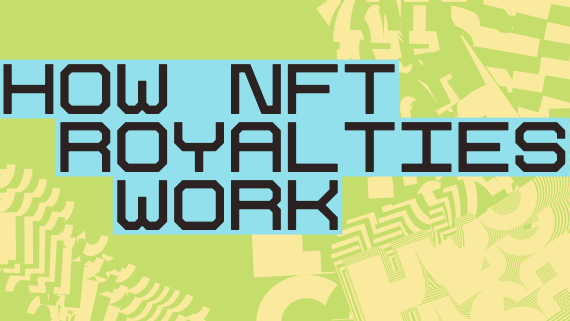Research Summary
The report discusses the concept of “phygital” goods, which combine physical objects with digital ownership through NFTs. It explores the rise of this trend in the web3 space, its potential benefits and drawbacks, and its implications for the future of commerce and culture.
Key Takeaways
The Rise of Phygital Goods
- Emergence of Phygital Goods: The report highlights the emergence of “phygital” goods, a concept that combines physical objects with digital ownership through NFTs. This trend has been driven by digital communities, particularly NFT projects, seeking to extend their online culture into the physical world.
- Examples of Phygital Goods: Examples of phygital goods include token-gated merchandise drops by projects like Bored Ape Yacht Club (BAYC) and brand-focused initiatives like 9dcc by Gmoney. The report also mentions Nike’s acquisition of RTFKT as a significant development in the space.
Challenges and Concerns
- Questioning the Purpose of Phygital Goods: The report questions the purpose of phygital goods for end users, particularly if they do not intend to sell these items. It suggests that aside from authentication, there is little value being unlocked for consumers.
- Potential for Misuse: The report raises concerns about the potential misuse of phygital technology, such as brands blacklisting certain goods or changing the content of NFTs after a sale has been made.
Implications for the Future
- Impact on Community Building: The report suggests that the focus on phygital goods could impact the way communities are built in the web3 space, potentially leading to communities based on asset value or net worth rather than shared interests or values.
- Need for Careful Foundation: The report warns of the need for a careful foundation in the early stages of web3 adoption to avoid negative impacts in the future, drawing parallels with the evolution of social media.
Actionable Insights
- Consider the End User: Brands and projects developing phygital goods should consider the needs and interests of end users, beyond just authentication and resale value.
- Ensure Ethical Use of Technology: Stakeholders in the web3 space should work to ensure the ethical use of phygital technology, including safeguards against potential misuse by brands or other entities.
- Focus on Community Values: As the web3 space continues to evolve, there should be a focus on building communities based on shared interests and values, rather than just asset value or net worth.












